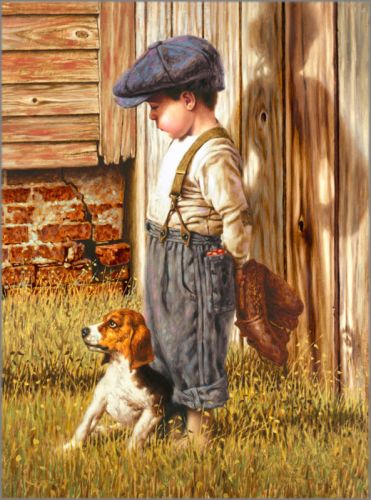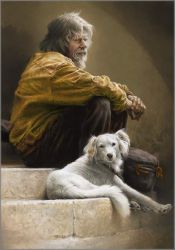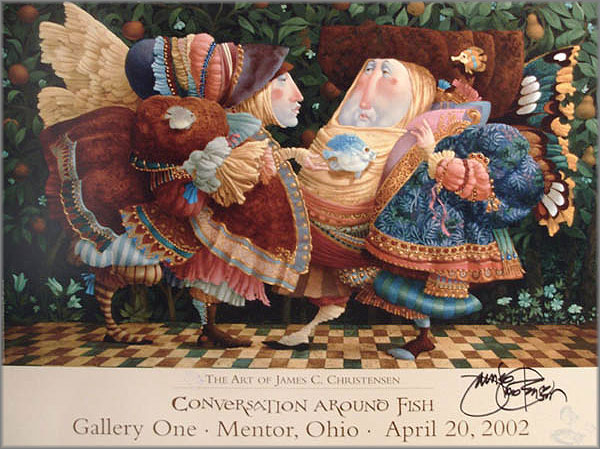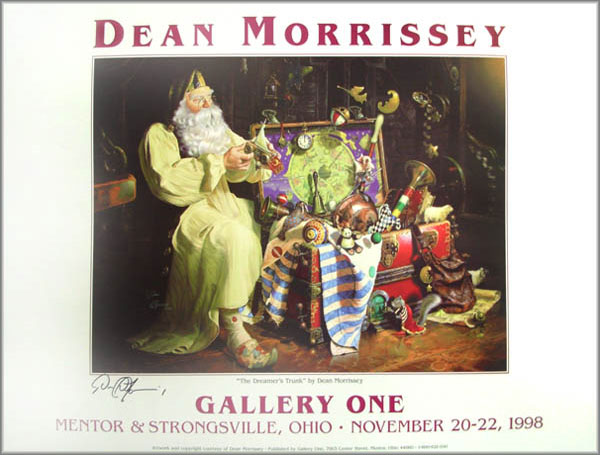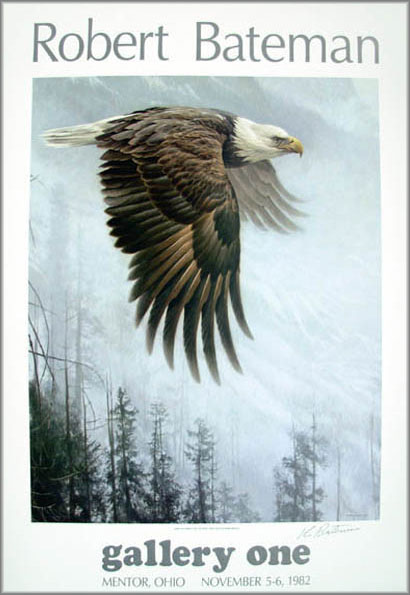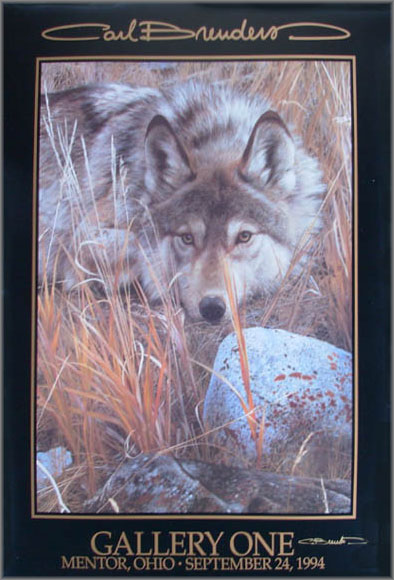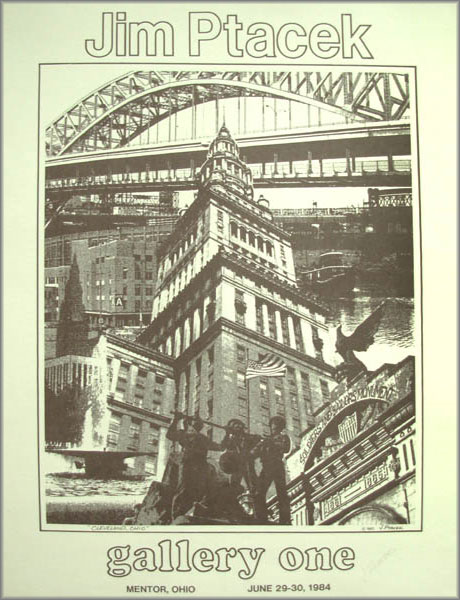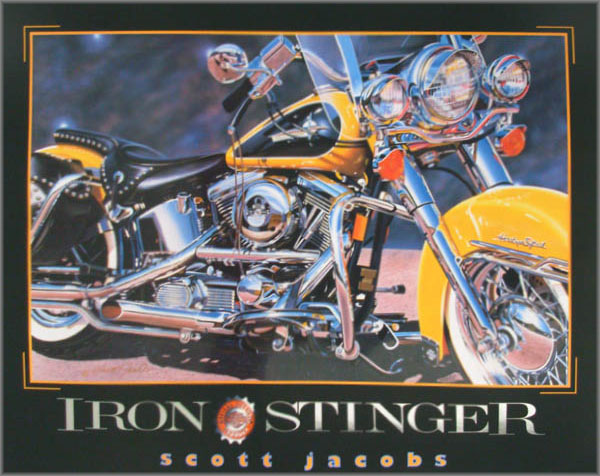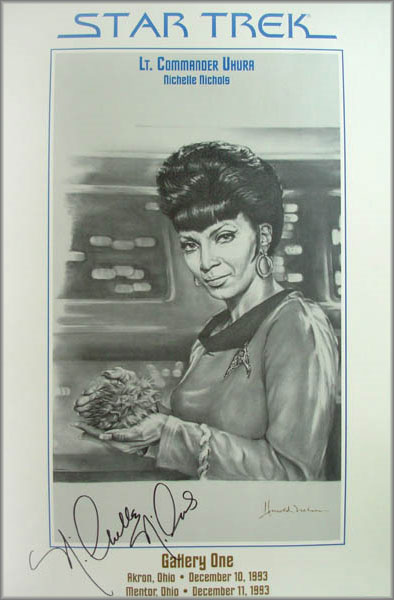GET READY FOR BUNDLES OF TRUNDLES!
Greetings from
your devoted Gallery One Patrons of the Arfs, Clancy and Shayna, and two of our
friends known as Push and Pull.
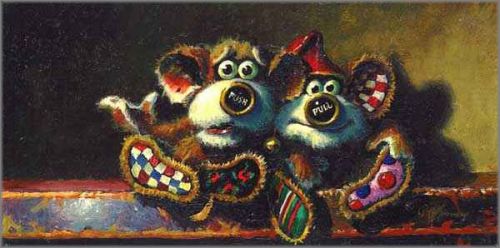 |
| Push and Pull |
Because you are
a client of Gallery One, we have decided to let you in on a little-known secret
before it makes the national headlines.
Now ask
yourself, have you ever found your family dog barking at something that you
cannot detect? He will stare intently at something unseen and unheard by you
and bark with wild abandon. (And, when this happens, have you admonished him to
quiet down, thinking that there is nothing there?)
Fear not, we
understand that you cannot perceive many of the things that we dogs are able to
detect. It’s just that our eyes, ears and wet noses are far more keen than those
of our humans. A human typically has 5 million scent glands. Depending on our
breed, we dogs have more than 125 million! We recognize moving objects better,
and we also have the ability to see in low light. And us dogs can generally
hear four times the distance of a human.
Now mind, this
is not bragging. We are telling you this in order to illustrate the point of
this week’s blog. Many times when we bark, it’s to tell you that we have
spotted a Trundle (unbeknownst to
you).
What, you ask,
is a Trundle? Probably the human most knowledgeable about Trundles and their
customs is artist Dean Morrissey. He is, as evidenced by his highly detailed artwork,
an incredibly perceptive artist, and he has been seeing Trundles ever since he
was a youngster. And having earned their trust over the years, he has been able
to convince a number of them to pose for portraits, a feat previously unheard
of. That Dean is certainly a charmer.
Trundles, he
tells us, are magical little creatures that
hide in plain sight. He explains: “Trundles inhabit homes and barns and shops
in the real world. Preferring to stay out of sight, they sleep up in the eaves
or in cabinet drawers. They are virtually invisible in a cluttered room.
“A fully-grown Trundle can stand
up under a bed without hitting his head. Their purpose is a good one. They
quietly go about helping their host in many ways. They sweep up in the middle
of the night, secretly finish up bookkeeping, haul firewood and repair broken
windows and leaky pipes. They are very appreciative of their hosts and become
indispensable after a while. Very few people have actually seen a Trundle
although many people have them as boarders. They are native to The Great
Kettles, a magical Chain of Islands across the Sea of Time.”
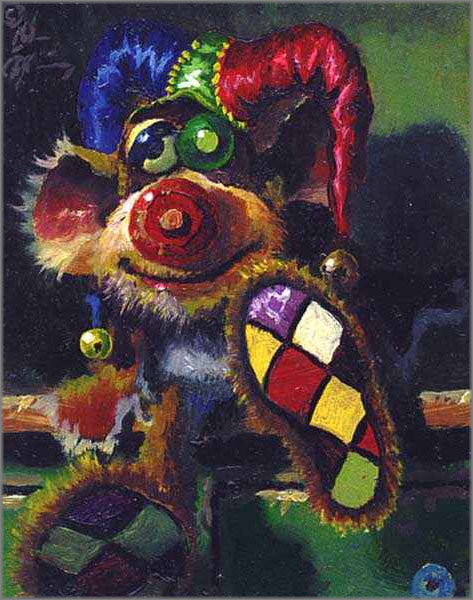 |
| Snappy Argyle |
Two such Trundles, Push and Pull, are shown above as
rendered by Dean Morrissey. Shown here are Billy Blue Sky and His Magical Bow Tie and Snappy
Argyle.
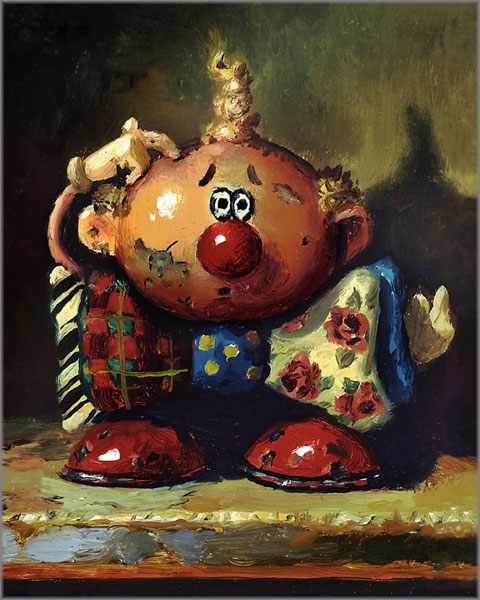 |
| Billy Blue Sky and His Magical Bow Tie |
Check this Blog for dates and
times!
XOXO,
(Your Patrons of the Arfs)










